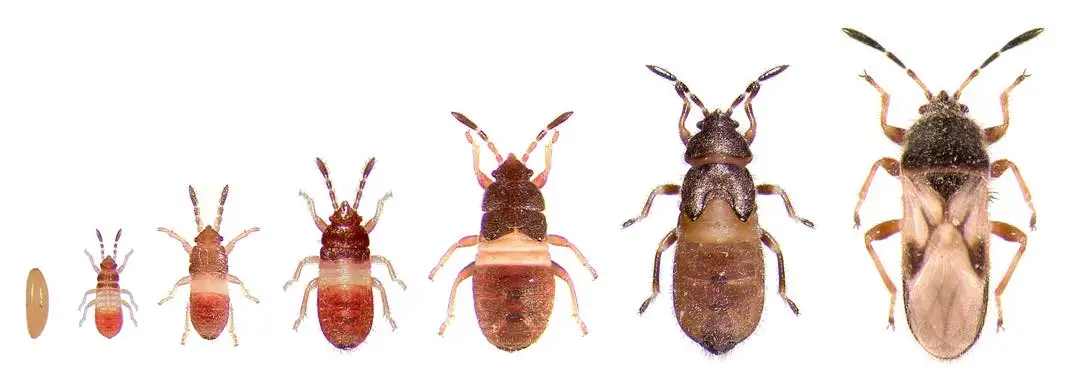There are many reasons your lawn suffers in the hot, dry days of summer. Drought, diseases, and pests cause wilted grass, yellow or brown patches, and dead areas in the lawn. But it’s difficult to fix the problem unless you know the cause. Read on and find out if the reason your turf took a turn for the worst is due to chinch bug damage.
Identifying the Pest
Most active during droughts and dry times, chinch bugs set their sites on the sunny places in your lawn and suck the life out of grass blades. One way to determine that the destruction is indeed caused by chinch bug damage is to locate the bug itself. You may need a magnifying glass, because these tiny pests are often less than a quarter of an inch long. Look in the damaged areas at the base of the grass blades, close to the soil. Although orange in color when they are young, adult chinch bugs are black with white wings folded across their bodies. They also have antennae and a piercing mouthpart.
Take the Tin Can Test to Determine If It Is Chinch Bug Damage
If searching for these pests is problematic, there’s a method to make them come to you. Create a tube by removing the top and bottom from a metal can. Or, use a small part of plastic tubing. Push the can a couple of inches into the soil where there is grass damage. Keep filling the can with water until the level stays almost full. (This takes about five minutes or so.) Eventually, chinch bugs float to the top for easier identification. More than a few bugs indicates a problem. A healthy lawn tolerates a smaller number of these pests.
Is Chinch Bug Damage Really the Cause of Your Lawn’s Distress?
Because chinch bug damage mimics drought stress and a variety of lawn diseases and other pest damages, it’s often difficult to identify. When in doubt, call in an expert. Contact Free Spray Lawn Care today at 419-529-5296 and we’ll find out exactly what’s ailing your lawn and make it healthy again.



Comments (0)
Thanks for your comment!
Thanks for your feedback! Your comments have been successfully submitted! Please note, all comments require admin approval prior to display.
Error submitting comment!
There is a problem with your comment, please see below and try again.